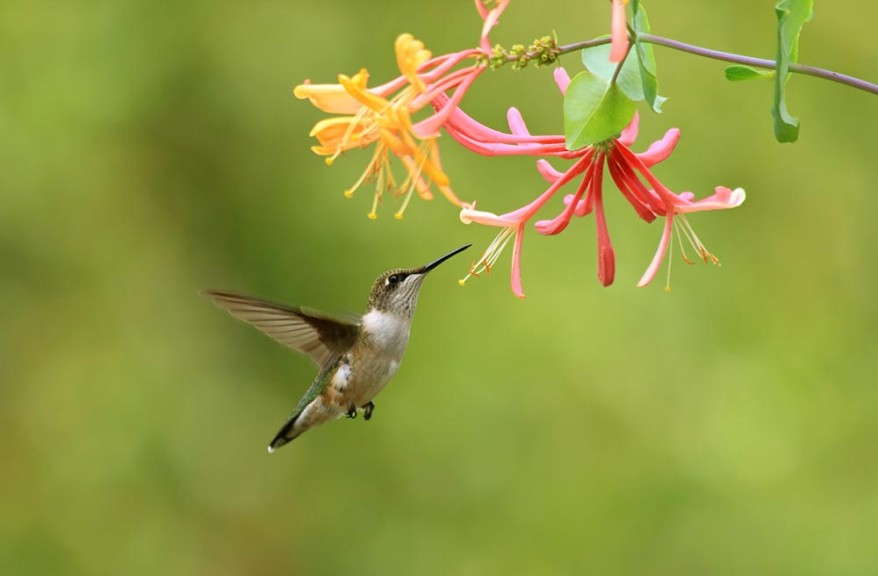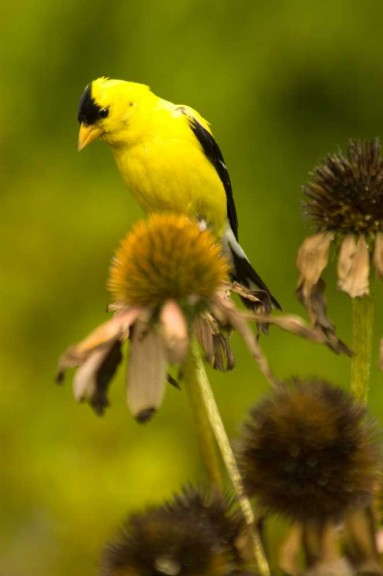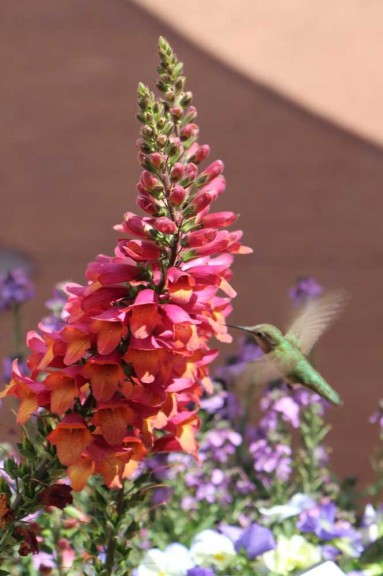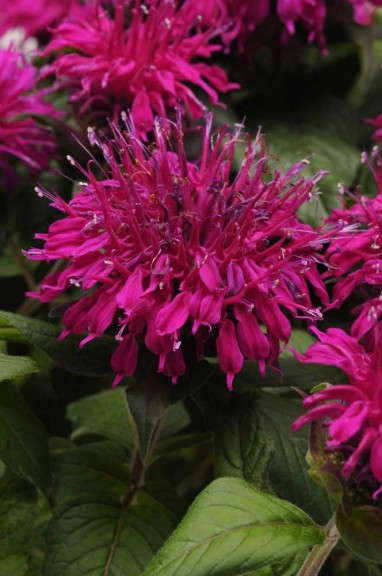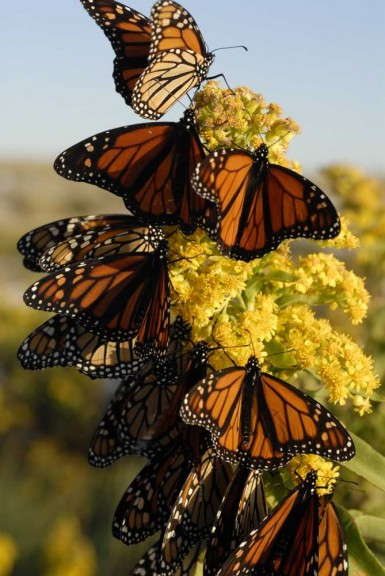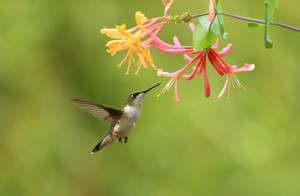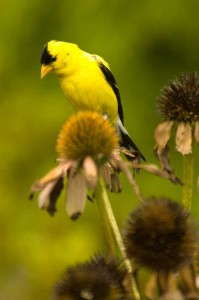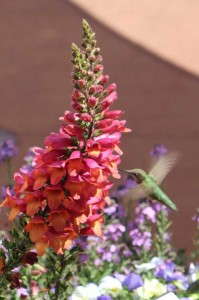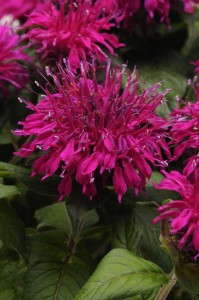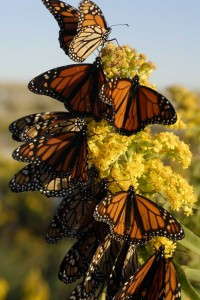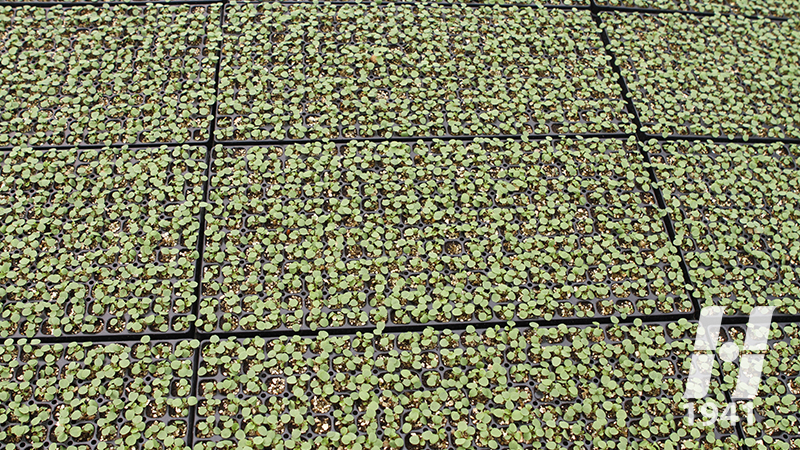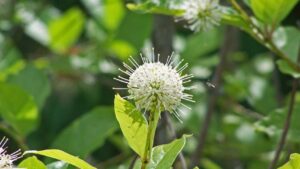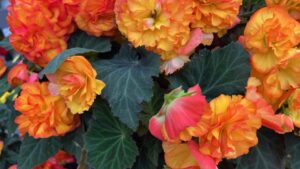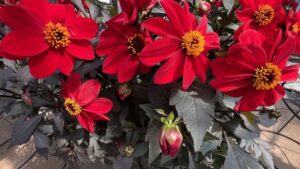Lead The Way: Three Ways To Support Pollinators In Your Community
Our pollinators are in trouble, and it is time to do something about it. Growers are in a unique position to lead out in their communities by promoting plants and natives that attract pollinators, providing education that dispels misinformation and participating in outreach efforts that help incorporate pollinators into the community.
[blackoutgallery id=”59361″]
Teach Community Members That Not All Plants Attract Pollinators
Community members who want to attract pollinators are often well intentioned but misinformed about what makes up an effective pollinator garden. Who better than growers to fill these educational gaps by helping them understand what types of plants work best, especially because pollinators are so particular about the plants they choose for food and nesting.
For example, Lois Stack, a plant and soil science professor at The University of Maine, has noticed in her fieldwork that single-flowered French marigolds attract more bees than double-flowered French marigolds and that white-flowered borage attracts more bees than blue-flowered sage does.
And along with plant type and colors, gardeners need to be informed about the importance of bloom time and grouping of plants to attract pollinators. They need to be encouraged to mix it up when it comes to their choice of plant materials.
“Plants need to be blooming in succession from spring into autumn. Flowers need to bloom at the right time of the year so pollen is available for insects,” says Carrie Wiles of North Creek Nurseries. “Choosing plants with various flower colors, shapes and sizes is important. Additionally, planting species en masse is more effective than single, individual flowers here and there.”
Zoltan Kovacs, of the Dümmen Group suggests including 40 percent trees and shrubs, 30 to 40 percent perennials and 30 percent annuals to provide a balanced mix of plants in the landscape that will attract a variety of wildlife.
Encourage Community Members To Make Natives A Part Of Their Plant Mix
Native plants must be part of that plant mix for a pollinator garden to be successful. “The more diverse your collection of native plants, the more diverse the population of pollinators you will attract,” says Kristen Smith of Star Roses and Plants. “In many instances, native plants evolved in conjunction with their pollinators so the relationships are already well established.”
Encouraging the use of native plants in the community presents growers with an opportunity to diversify their product mix and reach out to new customers, according to Peggy Anne Montgomery of American Beauties Native Plants.
“Growers need to do a better job of branding native plants to draw attention to their special attributes,” Montgomery says. “Research shows that consumers want native plants, but cannot identify what is a native at the garden center level.”
Chuck Pavlich of Terra Nova Nurseries suggests setting aside a special spot on the retail floor for natives and pollinator-friendly plants to make consumers’ shopping experiences easier.
“There is a big demand from gardeners for plants that attract wildlife to their outdoor living spaces,” Pavlich says. “Gardeners seek these plants out much like hummingbirds flock to agastache.”
Partner With The Community On Projects That Support Pollinators
Besides drawing attention to natives and pollinator-friendly plants in the retail setting, growers can make an impact in their communities through outreach and education.
One type of effort Angela Treadwell-Palmer of Plants Nouveau would like to see is for growers to work with children and educators to promote pollinators, especially bees, as important and vital to our existence. She says she sees too many children who are afraid of bees and other insects, who could benefit from some good education on the subject.
Along with education, outreach efforts can go a long way toward helping to incorporate pollinators in the community. Outreach doesn’t have to cost a lot, according to Diane Genco, a Monarch enthusiast and volunteer for America in Bloom, an organization that promotes nationwide beautification with plants through education and community involvement. Growers merely need to take stock of what resources they already have available. Genco offers several ways for growers to get involved in their community:
- Sponsor a school garden
- Give presentations for community groups or schools
- Sponsor a tour of your facility and send people home with a pollinator plant
- Create educational materials on pollinator plants
- Partner with local garden clubs to fill community planters with pollinator-friendly plants
- Sponsor a Monarch house
- Ask your employees to suggest a school, daycare center or other organization that you can collaborate with to support pollinators
- Donate flats of pollinator plants for special events like Mother’s Day or Earth Day
- Create a well-labeled pollinator garden for educational purposes





